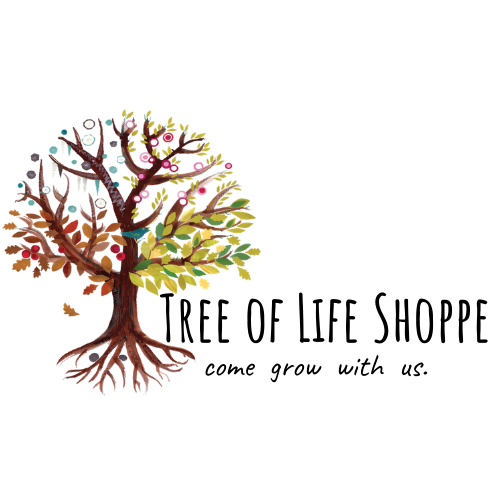Crystal Elixir has been around for many years and is a method commonly used to allow the energy from crystals enhance the water you drink.
There are two ways in which the crystals can be added. Directly – whereby the crystals actually touch the water, and indirectly – where there is a physical barrier preventing the crystals from touching the water.
The indirect method is a much safer method as some crystals can be poisonous to us and shouldn’t be added directly. Additionally, some crystals are quite soft and being in contact with water actually damages the crystal itself.
But how does the indirect method work?
We get asked this question quite a lot. So let me explain…..
Energy is transferred everyday (remember that physics lesson at school where kinetic energy turned to heat energy on a car). Well the theory applies to crystal elixir whether it be the direct method or indirect method.
The crystals energy gets transferred in to the water in a pretty similar manner to how ice cubes cool water surrounding them. The ice cubes can touch the water, but in some cases they don’t (ie. An ice pack) but the water still gets colder from the energy released.
So we can learn from this that objects don’t always have to be touching in order for the energy to transfer. Which is lucky for us when it comes to the sun heating the Earth – could be a bit hot if they were touching!
However, we appreciate that some of you want to try your own ways and prefer the direct method. We have therefore put together a quick reference guide of crystals that shouldn’t be used for the direct method (see below).
We would recommend the indirect method to obtain the greatest and safest crystal benefit.
As a quick rule though – no crystal containing any metal traces should be put in water.
Please note our list of crystals to exclude is not exhaustive, however, it does consider most of the commonly available crystals.
| Amazonite | Traces of Copper - Toxic |
| Aquamarine | Contains Aluminium |
| Aventurine | Contains Aluminium |
| Azurite | Contains Copper - Toxic |
| Chrysocolla | Contains poisonous/toxic copper |
| Cinnabar | Contains mercury which can be poisonous/toxic |
| Copper | Contains poisonous/toxic copper. |
| Dalmatian Jasper | Contains Aluminium |
| Dumortierite | Contains Aluminium |
| Emerald | Contains Aluminium |
| Epidote | Contains Aluminium |
| Feldspar | Contains Aluminium |
| Garnet | Contains Aluminium |
| Hematite | Unfit for elixir use will rust with prolonged exposure in liquid |
| Iolite | Contains Aluminium |
| Kyanite | Contains Aluminium |
| Labradorite | Contains Aluminium |
| Lapis Lazuli | Contains Aluminium |
| Lepidolite | Contains Aluminium |
| Magnetite | Iron will rust not to be used near water |
| Malachite | Contains poisonous/toxic copper. |
| Mica | Contains Aluminium |
| Morganite | Contains Aluminium |
| Moonstone | Contains Aluminium |
| Peacock Ore | Contains copper and sulphur which can be toxic |
| Prehnite | Contains Aluminium |
| Pyrite | Pyrite may contain intermixed Marcasite poisonous |
| Quantom Quattro | Contains poisonous/toxic copper |
| Ruby | Contains Aluminium |
| Sapphire | Contains Aluminium |
| Selenite | Unsafe for internal ingestion tiny shards may break off in water |
| Serpentine | Fibrous forms are asbestos |
| Sodalite | Contains Aluminium |
| Spinel | Contains Aluminium |
| Sugilite | Contains Aluminium |
| Sulphur | Poisonous |
| Sunstone | Contains Aluminium |
| Tanzanite | Contains Aluminium |
| Tigers Eye | Fibrous form contains asbestos |
| Topaz | Contains Aluminium |
| Tourmaline | Contains Aluminium |
| Turquoise | Contains poisonous/toxic copper and Aluminium |
| Unakite | Contains Aluminium and may also contain Zirconium (Radioactive) |
| Variscite | Contains Aluminium |
| Zircon | Contains Zirconium, Radioactive |
